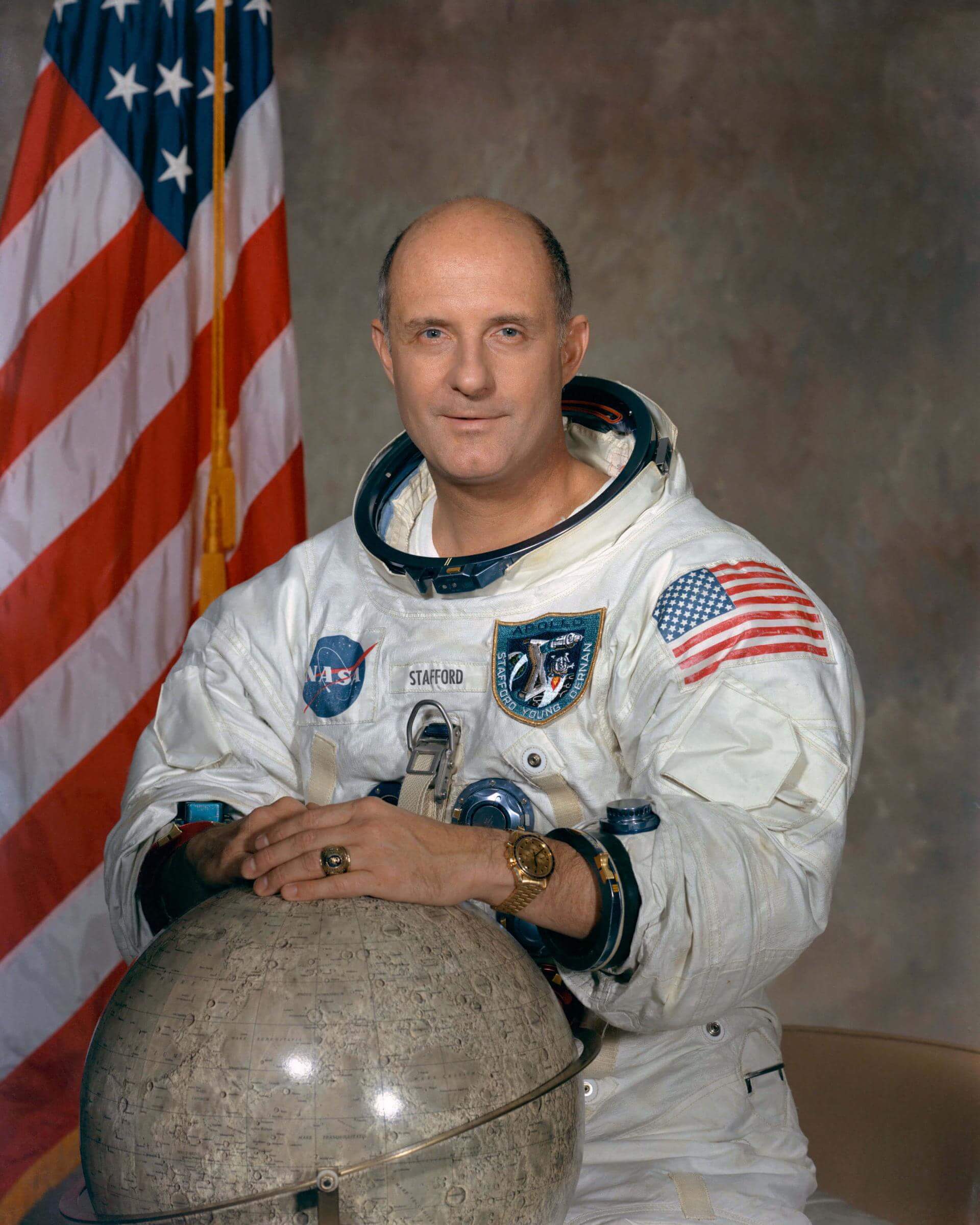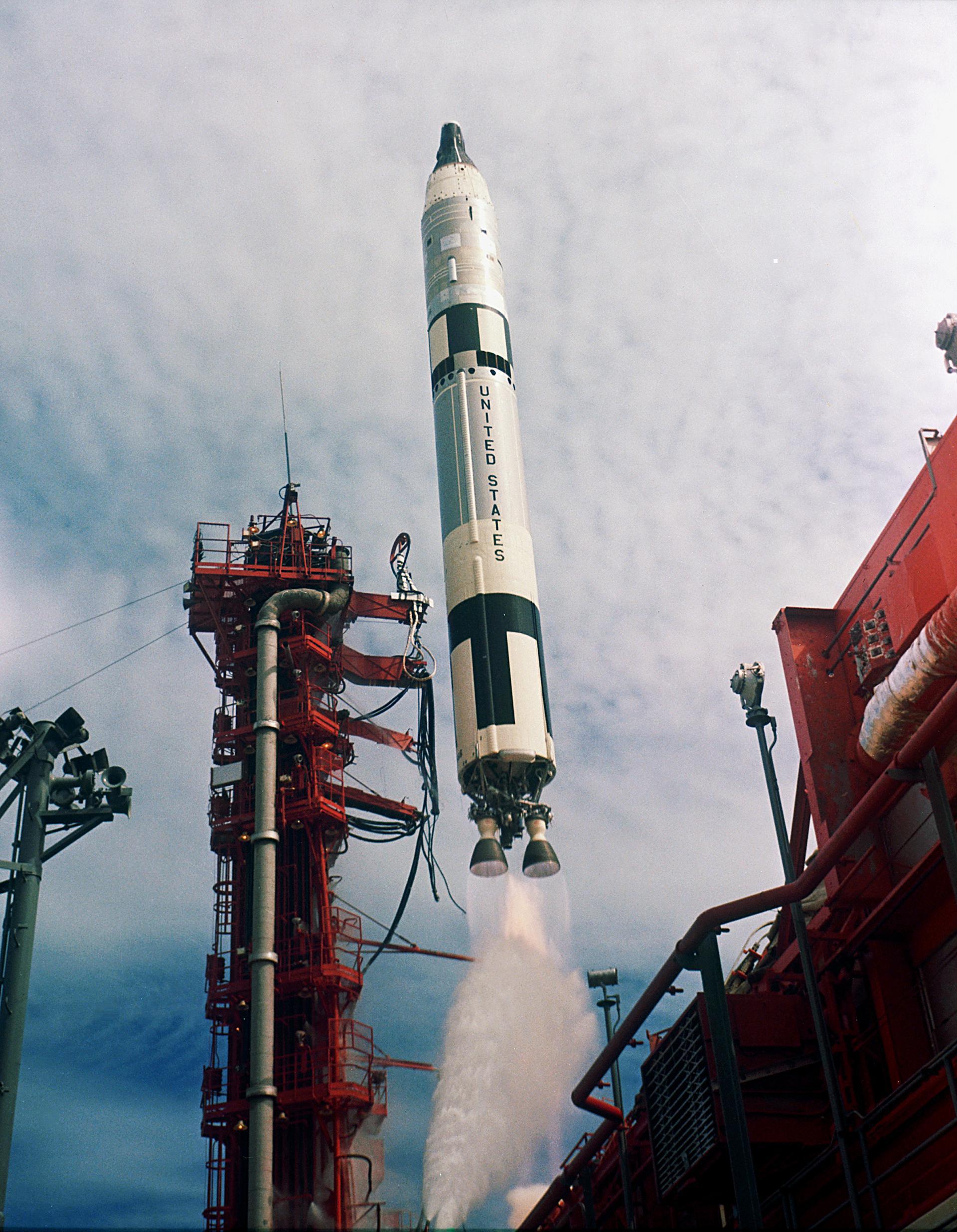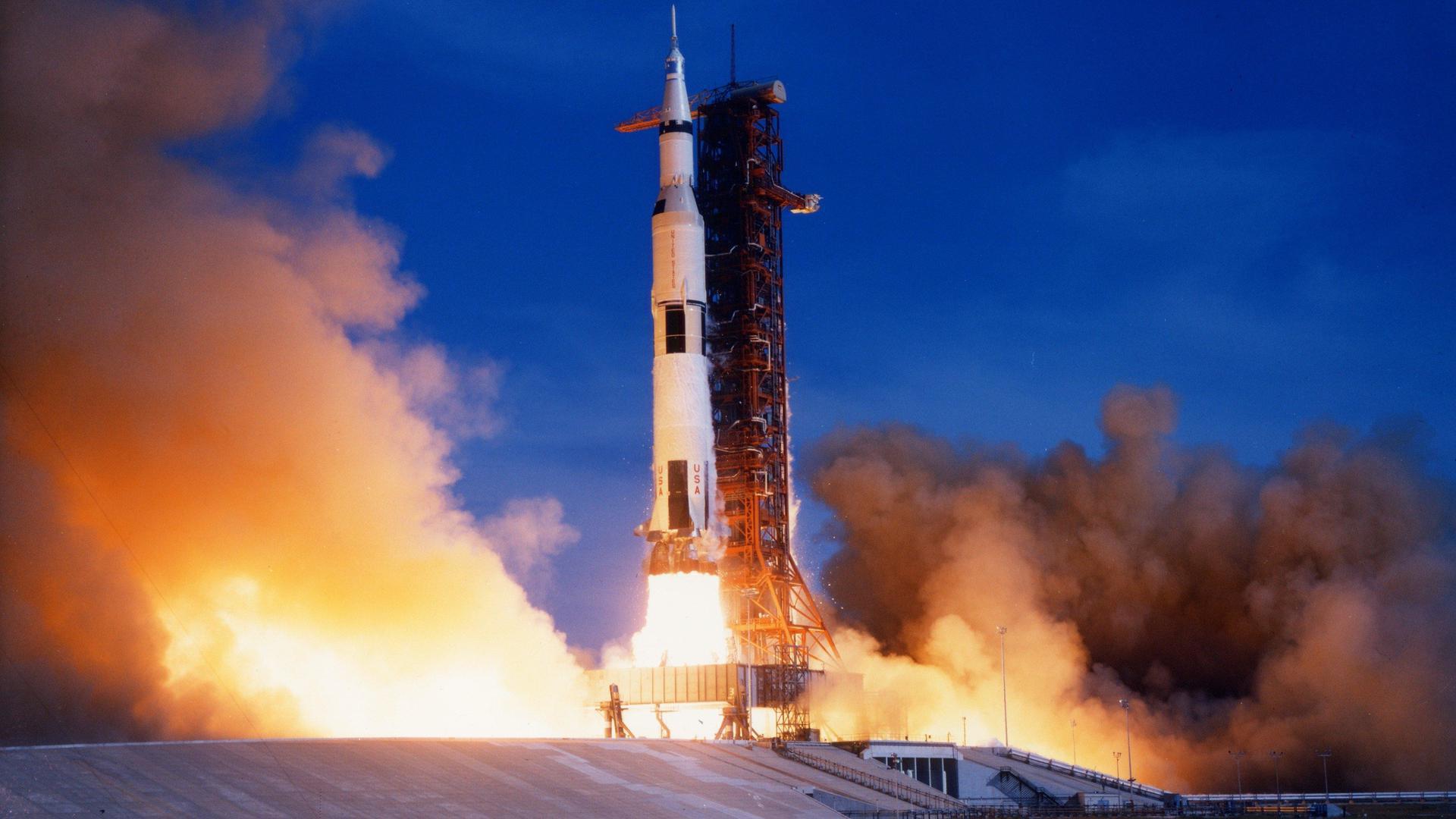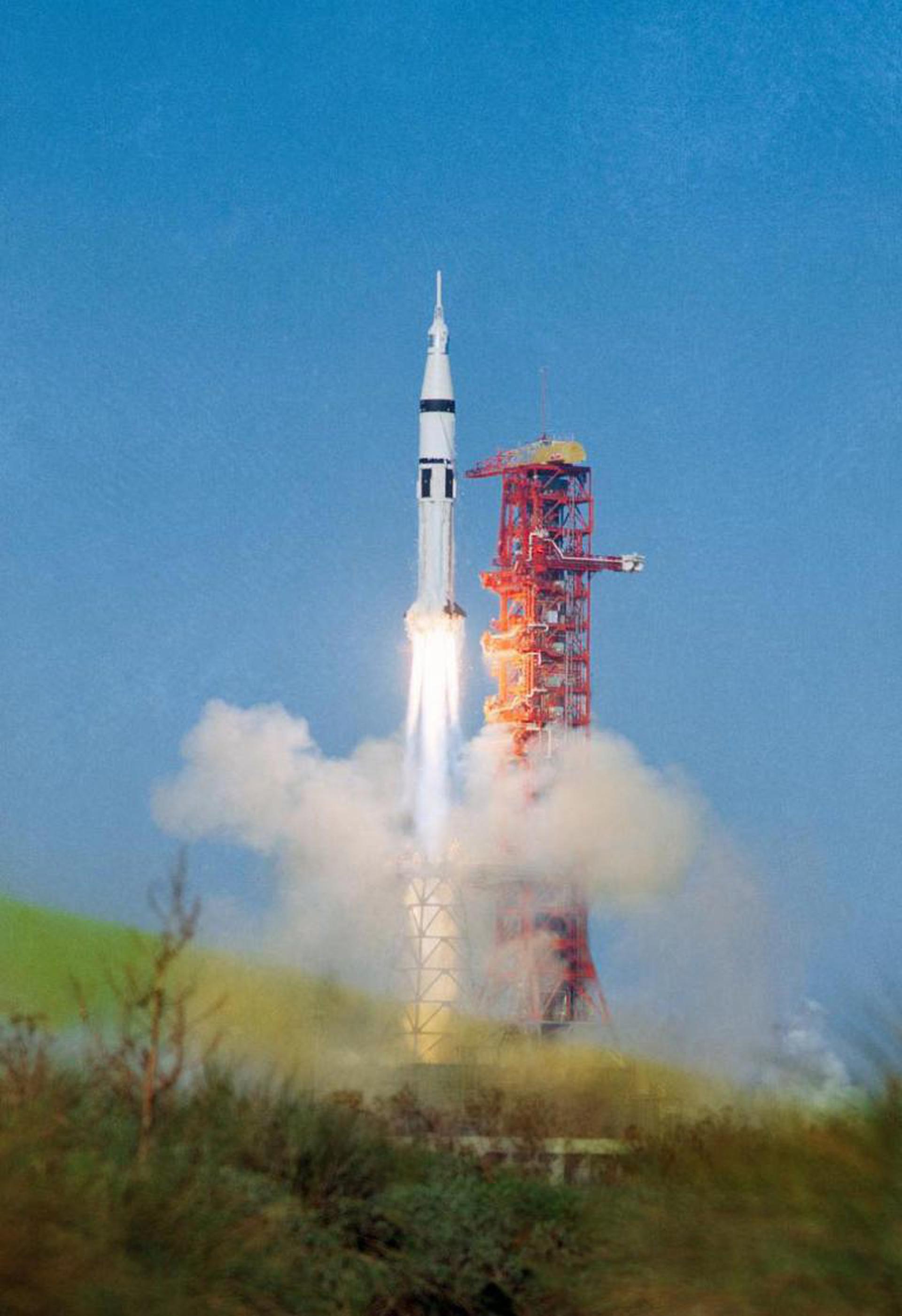Thomas P. Stafford
American - (NASA)
Deceased
Date of Birth: Sept. 17, 1930
Date of Death: March 18, 2024
Thomas Patten Stafford was an American Air Force officer, test pilot, and NASA astronaut.
Titan II GLV | Gemini VI-A
National Aeronautics and Space Administration | United States of AmericaCape Canaveral SFS, FL, USA
Dec. 15, 1965, 1:37 p.m.
Status: Success
Mission:
Gemini 6A was the fifth crewed mission of NASA's Project Gemini. The mission was commanded by Command Pilot Walter M. Schirra, Jr. and Pilot Thomas P. Stafford. The mission achieved the first crewed rendezvous with the Gemini 7 spacecraft. The mission began on December 15, 1965, 13:37:26 UTC and ended on December 16, 1965, 15:28:50 UTC.
Low Earth OrbitTitan II GLV | Gemini IX-A
National Aeronautics and Space Administration | United States of AmericaCape Canaveral SFS, FL, USA
June 3, 1966, 1:39 p.m.
Status: Success
Mission:
Gemini 9A was the seventh crewed mission of the NASA's Project Gemini. The mission was commanded by Command Pilot Thomas P. Stafford and Pilot Eugene Cernan. The astronauts rendezvoused with the Augmented Docking Target Adapter, but were unable to dock due to docking target's fairing which failed to deploy. The mission started on June 3, 1966, 13:39:33 UTC and ended on June 6, 1966, 14:00:23 UTC.
Low Earth OrbitSaturn V | Apollo 10
National Aeronautics and Space Administration | United States of AmericaKennedy Space Center, FL, USA
May 18, 1969, 4:49 p.m.
Status: Success
Mission:
Apollo 10 was Command by Thomas P. Stafford, Command Module Pilot John W. Young, and Lunar Module Pilot Eugene A. Cernan. This mission was a F Mission which means a dress rehearsal for the upcoming Apollo 11 Mission that would be the first crewed mission to land on the moon.
Lunar OrbitSaturn IB | Apollo-Soyuz Test Project
National Aeronautics and Space Administration | United States of AmericaKennedy Space Center, FL, USA
July 15, 1975, 7:50 p.m.
Status: Success
Mission:
The Apollo-Soyuz Test Project was the first joint US-Soviet space flight and the last crewed US space mission until the Space Shuttle program. The US side of mission began on July 15, 1975, 19:50:00 UTC, launching Commander Thomas P. Stafford, Command Module Pilot Vance D. Brand and Docking Module Pilot Donald K. Slayton into orbit. Two days later, they docked with the Soyuz 19 spacecraft. American and Soviet crews visited each other's spacecrafts, performed docking and redocking maneuvers, conducted joint scientific experiments, exchanged flags and gifts. Crews spent more than 44 hours together, and after final parting of the ships on July 19, Apollo crew spent nine more days in orbit, conducting Earth observation experiments. The Apollo crew returned to Earth on July 24, 1975, 21:18:0 UTC with a splashdown in the Pacific Ocean.
Low Earth OrbitThe National Aeronautics and Space Administration is an independent agency of the executive branch of the United States federal government responsible for the civilian space program, as well as aeronautics and aerospace research. NASA have many launch facilities but most are inactive. The most commonly used pad will be LC-39B at Kennedy Space Center in Florida.
Long March 3B/E
Fengyun-4C
Launch Complex 2 (LC-2) - Xichang Satellite Launch Center, People's Republic of ChinaChina's geostationary meteorological satellite program FY-4 (Feng Yun 4) is the second generation of chinese geostationary meteorological satellites.
Long March 8A
SatNet LEO Group 17
Commercial LC-1 - Wenchang Space Launch Site, People's Republic of ChinaA batch of 9 Low Earth Orbit communication satellites for the Chinese state owned SatNet constellation operated by the China Satellite Network Group.…
Soyuz 2.1a
Obzor-R No.1
43/4 (43R) - Plesetsk Cosmodrome, Russian FederationNote: Assignment of payloads to this launch is uncertain. The Russian Obzor-R satellite is a planned X-band radar earth observation satellite desi…
LVM-3 (GSLV Mk III)
BlueBird Block 2 #1
Satish Dhawan Space Centre Second Launch Pad - Satish Dhawan Space Centre, IndiaAST SpaceMobile’s Block 2 BlueBird satellites are designed to deliver up to 10 times the bandwidth capacity of the BlueBird Block 1 satellites, requi…
Long March 12A
Demo Flight
Long March 12A Pad - Jiuquan Satellite Launch Center, People's Republic of ChinaFirst test launch of CASC/SAST’s Long March 12A rocket, with a dummy payload. The rocket’s 1st stage attempted to land on a landing pad about 300 km …





